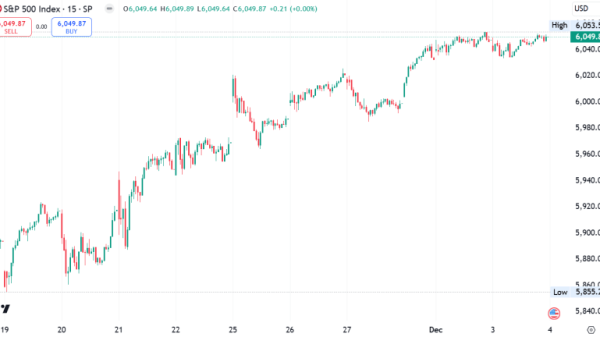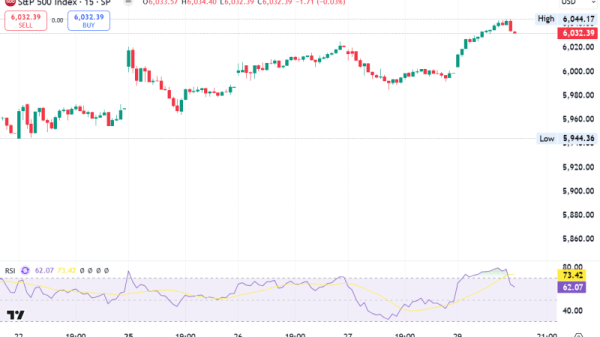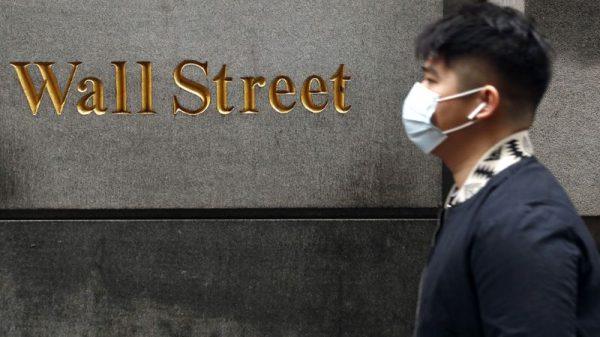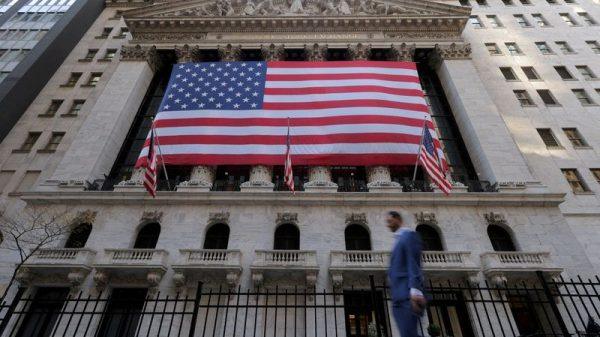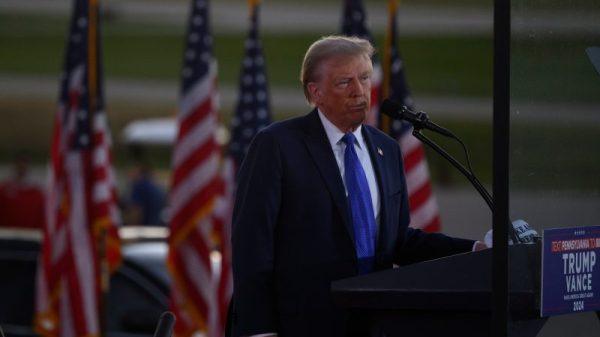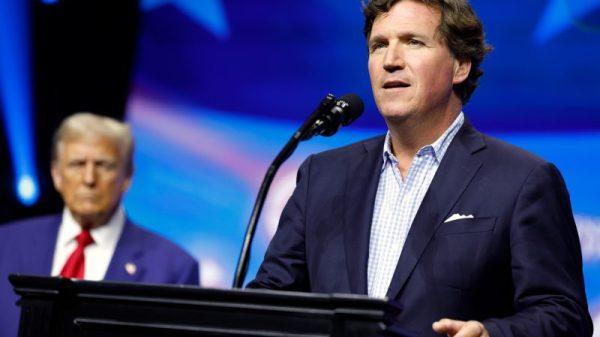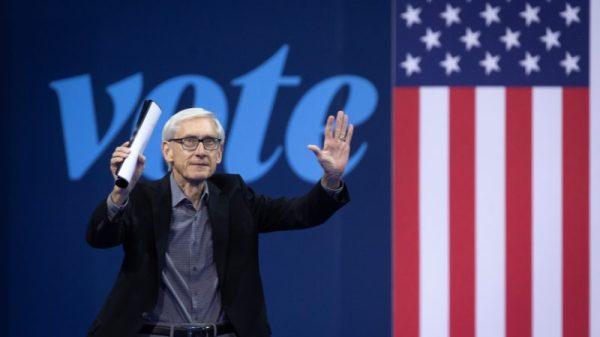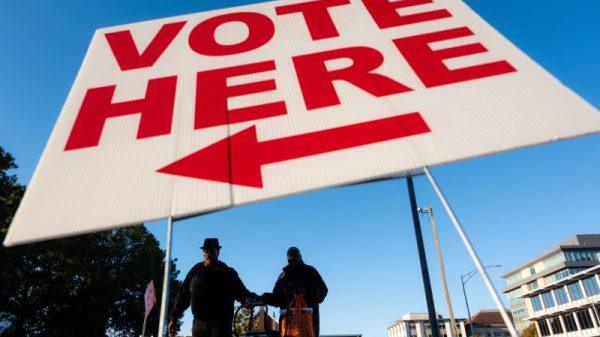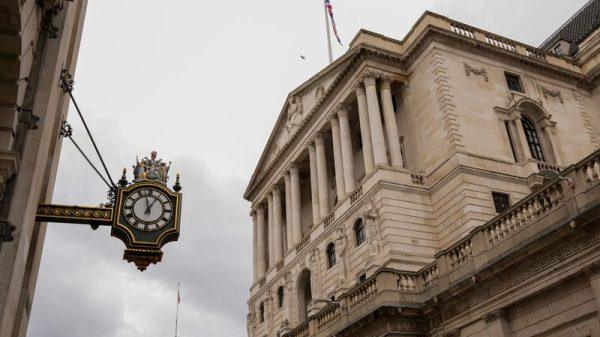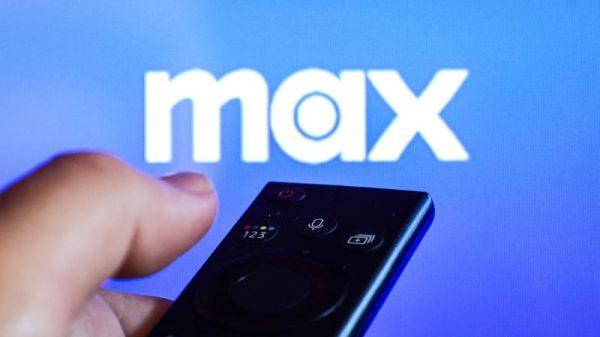(Reuters) – Voters in the United States are heading to the polls on Tuesday to pick their next president in a too-close-to-call election pitching Republican Donald Trump against Democrat Kamala Harris.
Who will be at the helm of the world’s biggest economy will have wide-ranging consequences for financial markets, global trade, with China and Europe in focus, and monetary policy, with interest-rate setting meetings at the Fed, as well as in Britain, Australia and Brazil scheduled for the coming week.
Here’s all you need to know about the week ahead from Lewis Krauskopf, Ira Iosebashvili and Rodrigo Campos in New York, Rae Wee in Singapore and Amanda Cooper in London.
1/TO THE BALLOT BOXES
The U.S. election cycle that has already rattled asset prices finally comes to a head.
Recent gains in Treasury yields and the dollar are seen by some traders as the market anticipating a win for Trump. But polls suggest a very close race with Harris, meaning that a victory by the Democrat could spark a rash of trading unwinds.
Investors may just be rooting for a clear result, fearing a potentially contested election and lengthy period of uncertainty about the government makeup as a significant risk to markets.
Meanwhile, bitcoin – the ultimate Trump trade – is nearing an all-time high again.
2/THE DAY AFTER
The day after the U.S. election, the Fed kicks off its meeting on interest rates. The elephant in the monetary policy room is how the decisions by the next U.S. president will impact growth and inflation dynamics.
For now, recent data shows a stronger-than-expected U.S. economy has led some investors to question whether the Fed miscalculated when it kicked off the current easing cycle with a jumbo-sized 50-basis point rate cut in September. A more modest 25-basis point reduction is expected on Thursday.
Investors hope the Fed’s statement and Chairman Jerome Powell’s news conference will show whether policy makers believe economic resilience will continue – and if they might cut rates less than expected as a consequence. Futures linked to the Fed’s policy rate showed investors pricing in about 120 basis points of cuts by year-end.
3/US BULL IN A CHINA SHOP?
China announces October trade figures on Thursday – some fear this might be one of the last times investors can expect upbeat export numbers, depending on who takes the White House.
Trump’s threat of 60% tariffs on China has rattled the country’s industrial complex, which sells goods worth more than $400 billion annually to the United States.
With export momentum having been the lone bright spot for China’s struggling economy, a Trump victory is likely to have huge ramifications.
October inflation data due on Nov. 9 – the first full-month reading since Chinese authorities unveiled the September raft of stimulus measures to pull the economy out of its deflationary funk. That could provide an early read of how domestic consumers have taken to Beijing’s urgent push to support growth.
4/ FOLLOW THE LEADER, OR NOT
Where the Fed goes, other central banks often follow. But the outcome of the U.S. election could skew this dynamic.
A Trump victory – and potential tit-for-tat trade war – would weigh on export-reliant economies. The resulting rise in U.S. inflation and a stronger dollar might force the Fed to cut rates more slowly, while other central banks are left to grapple with a hit to growth from those extra duties.
For now, it’s business as usual.
The Bank of England is expected to cut rates by 25 bps on Thursday. Possible inflationary effects of the Labour government’s new budget might mean fewer cuts in 2025, no matter what happens in the U.S.
Down under, sticky inflation means there is virtually no chance of a cut from the Reserve Bank of Australia on Tuesday until next year.
5/ WOBBLY EMERGING GIANTS
Mexico, jointly with China, is a weather vane for U.S.-emerging market relations and has seen the peso touch a two-year low, with concerns over the election amplifying domestic woes.
Emerging market outflows have, by some measures, scaled two-year highs, fuelled by a mix of a strong dollar, high U.S. yields and a general de-risking desire. That will raise pressure on emerging market central banks near and far.
Brazil’s central bank, which has been front-running the Fed, has already returned to a hiking cycle. Policy makers are expected to lift interest rates by 50 bps on Wednesday, following a 25 bps increase in September to 10.75%. Economists now see inflation ending the year slightly above the 4.5% upper end of the official target range.
Policy makers in emerging Europe might be in line for more pressure as well. Poland’s central bank, which has held rates for a just over a year now, releases its decision on Wednesday and the Czech Republic is expected to deliver another rate cut on Thursday.
(Graphics by Kripa Jayaram, Pasit Kongkunakornkul, Prinz Magtulis and Sumanta Sen; Compiled by Karin Strohecker; Editing by Kirsten Donovan)

